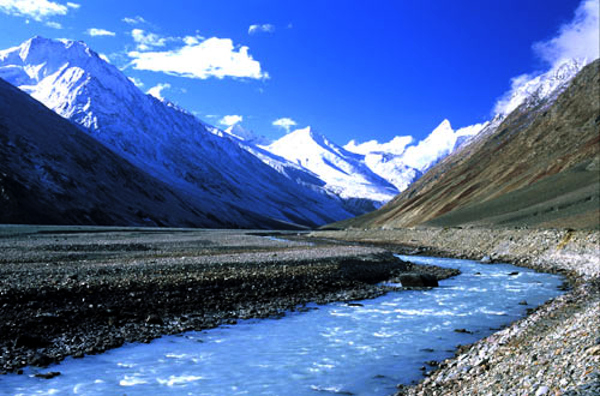The Central government has identified 70 hot springs in Uttarakhand and 30 in Himachal Pradesh which have potential to produce electricity. The springs were identified by scientists at Dehradun-based Wadia Institute of Himalayan Geology (WIHG).
The process of studying the springs is continuing. Most of these springs can generate as much as five MW electric power.
As part of the initiative to tap these springs for power generation, WIHG recently inked a memorandum of understanding (MoU) with Jaydevm Energies, a private firm, to generate five MW electricity from Tapovan hot springs in Chamoli’s Joshimath area.
A geothermal energy plant will be constructed in Tapovan hot springs. WIHG scientists will provide technical assistance to construct the plant. Similar geothermal projects will be set up at the other identified hot springs as well. The hot springs ranging from 28 to 98 degrees celsius are abundantly available in the Himalayas in Uttarakhand, Jammu and Kashmir and Himachal Pradesh.
The company has already started work. A pilot project on the same lines was being conducted in Chumathang (Ladakh) where the power from a hot spring heated a restaurant with six rooms round the clock, with additional support from solar power. The project will cost around Rs 150 crore. The infrastructure of the project may cost four times higher than thermal power plants, but once set up, the cost of production will be four-to-five times less.
Source: PIB
You may also like
-
Dot Simplifies Approval Processes For Telecom Licenses And Wireless Equipment
-
PM to Inaugurate SEMICON India 2024 on 11th September
-
Shri Piyush Goyal Sets 500 Million Tonnes Domestic Steel Production Target by 2034
-
NHAI to Track Around 100 Toll Plazas with GIS-Based Software for Seamless Movement of Traffic at National Highways
-
“Marching Towards Building A Digitally Connected Bharat and An Atmanirbhar Telecom Sector”: Union Minister Jyotiraditya Scindia
